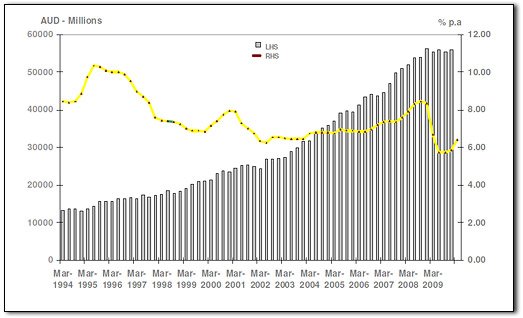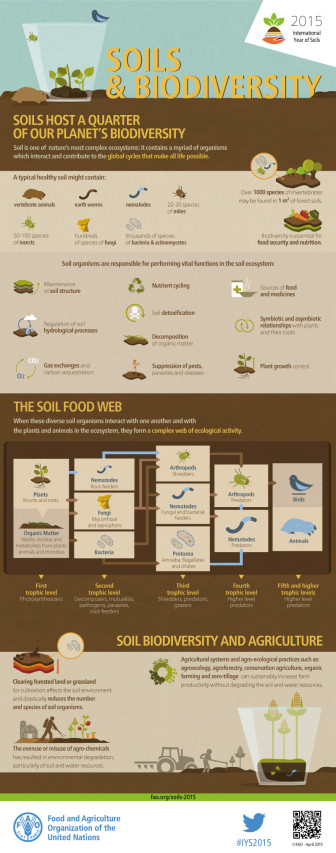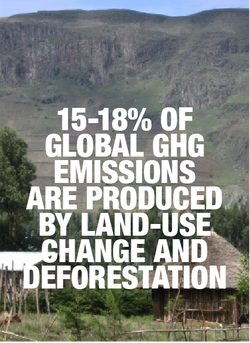Soil Carbon – Can it Save Agriculture’s Bacon?
Author: Dr. Christine Jones
The number of farmers in Australia has fallen 30 per cent in the last 20 years, with more than 10,000 farming families leaving the agricultural sector in the last five years alone. This decline is ongoing. There is also a reluctance on the part of young people to return to the land, indicative of the poor image and low income-earning potential of current farming practices.
Agricultural debt in Australia has increased from just over $10 billion in 1994 to close to $60 billion in 2009 (Fig.1). The increased debt is not linked to interest rates, which have generally declined over the same period (Burgess 2010).

Fig. 1. Increase in agricultural debt (AUD millions)
1994-2009 vs interest rates (%pa)
The financial viability of the agricultural sector, as well as the health and social wellbeing of individuals, families and businesses in both rural and urban communities, is inexorably linked to the functioning of the land.
There is widespread agreement that the integrity and function of soils, vegetation and waterways in many parts of the Australian landscape have become seriously impaired, resulting in reduced resilience in the face of increasingly challenging climate variability.
Agriculture is the sector most strongly impacted by these changes. It is also the sector with the greatest potential for fundamental redesign.
The most meaningful indicator for the health of the land, and the long-term wealth of a nation, is whether soil is being formed or lost. If soil is being lost, so too is the economic and ecological foundation on which production and conservation are based.


